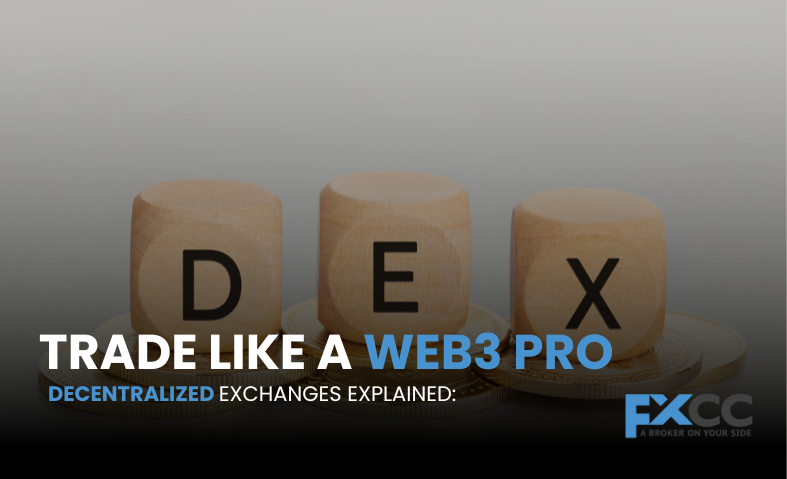Understanding the Shift from Centralized to Decentralized
For many, entering crypto means using Centralized Exchanges (CEXs) like Coinbase. These function like traditional banks: you deposit funds, they hold them, and you trade within their system. However, a growing trend points to Decentralized Exchanges (DEXs), key to Web3’s vision of user autonomy. To trade like a Web3 pro, understanding DEXs is crucial.
The Core Principles of a DEX
A DEX operates on a direct, peer-to-peer principle. Imagine a marketplace where buyers and sellers deal directly, without a middleman. Instead of a central company holding your crypto, transactions happen between users, powered by smart contracts on a blockchain.

Key Differentiators: What Sets DEXs Apart?
The main difference is no middleman. CEXs have a governing company; DEXs rely on blockchain’s trustless nature. With a DEX, you control your crypto with “your keys, your crypto,” reducing hack risk. Furthermore, many DEXs provide enhanced data security by forgoing identity verification protocols, commonly known as “Know Your Customer” (KYC) requirements. You’ll find a wider token selection on DEXs, including newer projects, offering more opportunities but also higher risks. Finally, because all transaction data is openly recorded on the blockchain, DEXs offer a high degree of operational transparency.
The Mechanics: How DEXs Facilitate Trades
Unlike CEXs that use order books, most modern DEXs use Automated Market Makers (AMMs) and Liquidity Pools. A liquidity pool represents a combined store of two different cryptocurrencies. Users trade directly with the assets held within this common fund. Liquidity Providers (LPs) supply these tokens, earning a share of trading fees. The price of tokens in the pool is dynamically adjusted by an algorithm to maintain balance, allowing continuous trading.
Your First DEX Trade: A Step-by-Step Guide
Ready to trade? First, get a Web3 wallet like MetaMask. Second, fund your wallet with cryptocurrency (e.g., send ETH from a CEX). You’ll need some for network “gas” fees. Third, choose your preferred DEX (e.g., Uniswap). Fourth, connect your wallet to the DEX website. Fifth, choose the two tokens you wish to swap for your transaction. Sixth, enter the amount and review estimated returns and fees (watch for “slippage”). Finally, confirm the trade via your Web3 wallet, paying the gas fee. Once confirmed and processed by the blockchain, your newly acquired tokens will be visible in your digital wallet.
Navigating the Risks of Web3 Trading
While DEXs offer advantages, risks exist. User error is significant, as you have full control and no customer support for mistakes. Smart contract vulnerabilities can be exploited, so choose reputable, audited DEXs. A common concern for LPs is “impermanent loss,” which can occur when the relative values of pooled tokens change significantly. Smaller token pairs may have liquidity issues, leading to higher slippage. Beware of “rug pulls,” where developers abandon projects after attracting investment; always do your research.

The Future is Decentralized
Despite these considerations, decentralized exchanges are central to Web3, giving users more control, privacy, and access to diverse digital assets. Despite a learning curve and unique risks, mastering DEX trading is crucial for navigating the evolving crypto landscape. As the crypto sphere grows, DEXs will play an increasingly vital role in decentralized finance.


